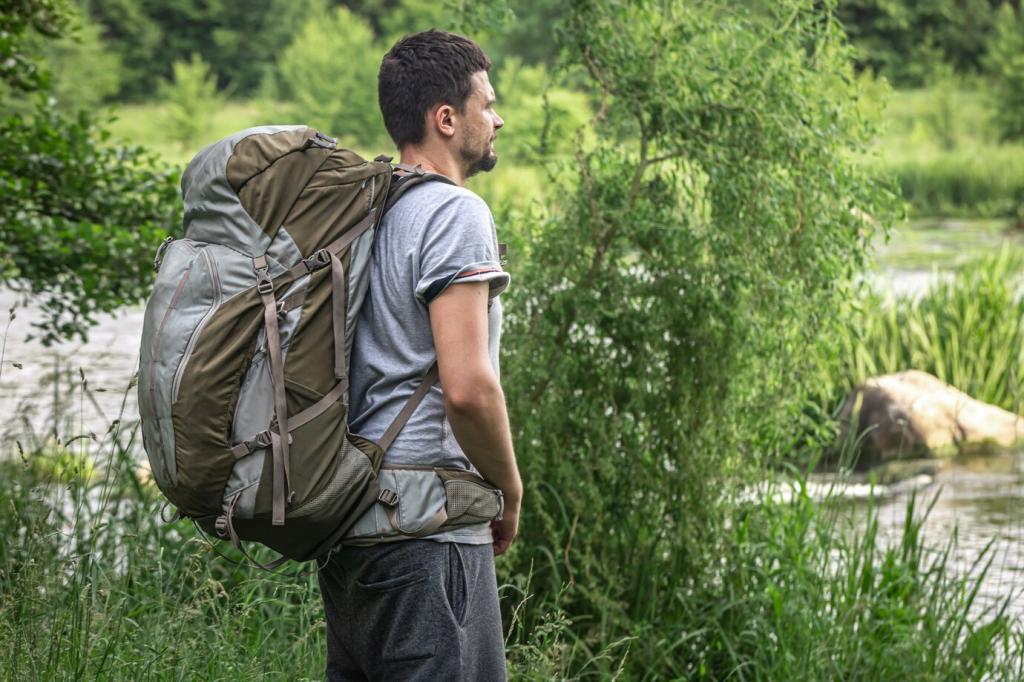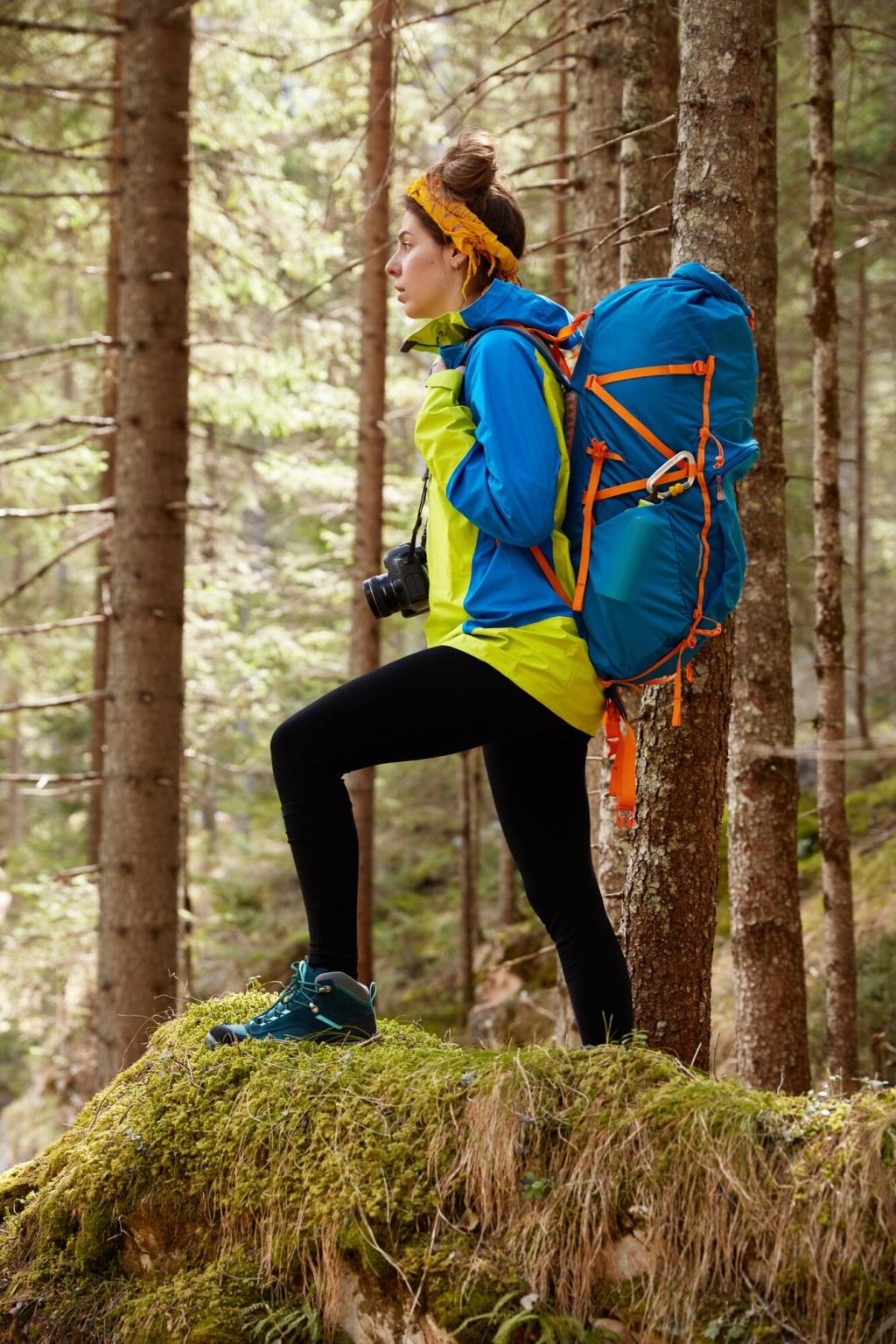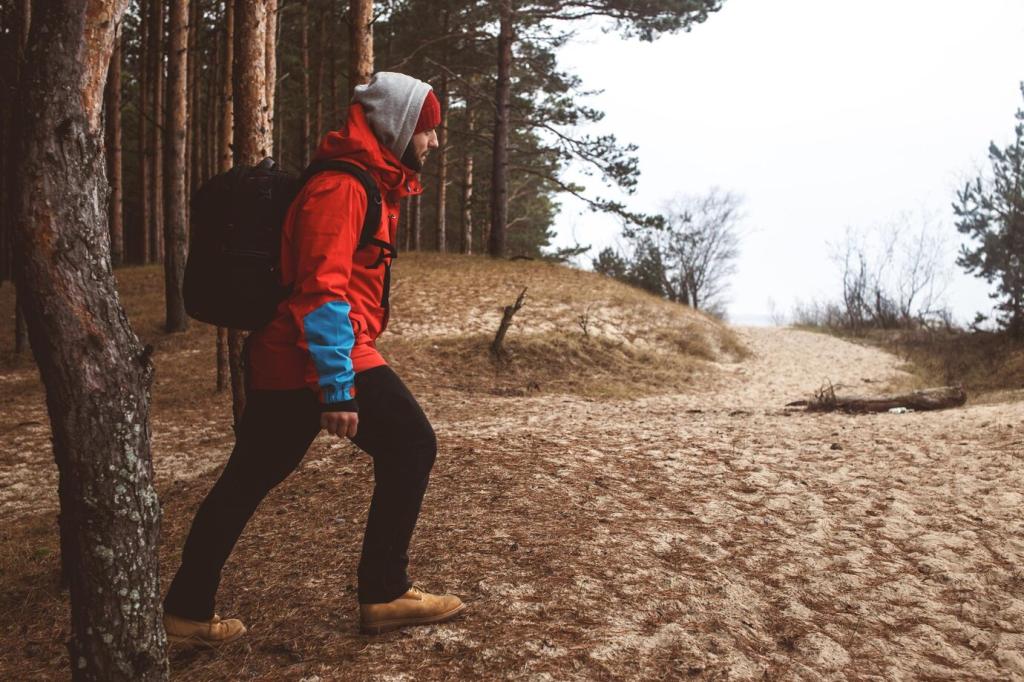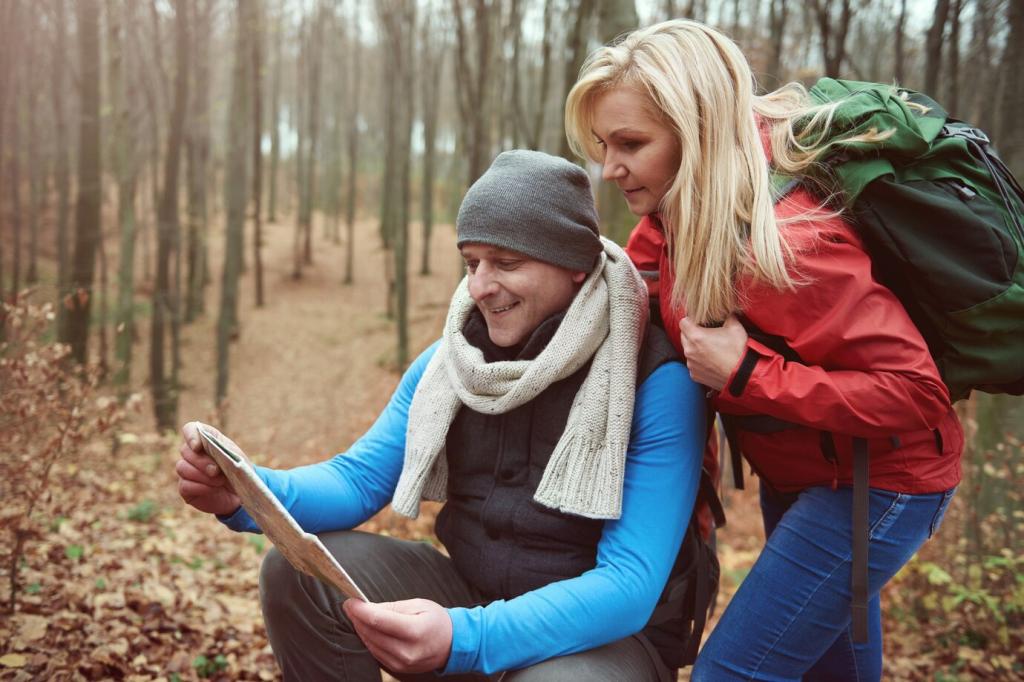Strength and Stability for Ascents and Descents
Use split squats, step-downs, and loaded carries to train eccentric control for downhills. Two to three sets, twice weekly, progress range before load. Post your favorite descent workout and tag a hiking partner.
Strength and Stability for Ascents and Descents
Balance-pad single-leg holds, suitcase carries, and anti-rotation presses stabilize every plant and push. Practice eyes-up scanning while balancing. Share progress videos, and we’ll compile a community reel that celebrates wobbles turning into wins.







